Interesting Facts About the Turks & Caicos Islands
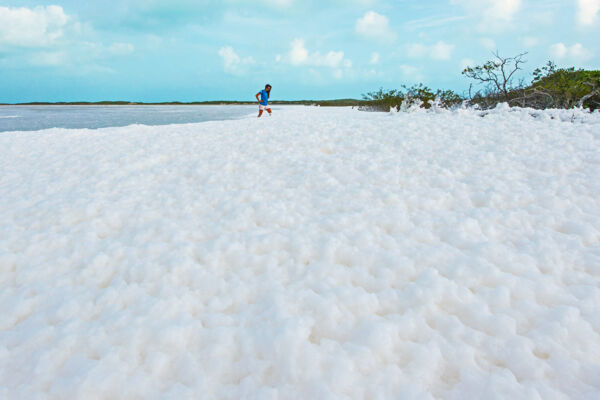
The Origin of the Turks and Caicos Name
Many believe that the Turks in Turks and Caicos is derived from the Turk's head cacti (melocactus intortus), a small stubby cactus capped with a spiny structure resembling a Turkish Fez hat. However, this is almost certainly not where the name came from. For many centuries previous to the 1800s, Islamic corsairs preyed on vessels in the Mediterranean and off the coasts of Europe and Africa. These raiders were often referred to as ‘Turks', and the term went on to become a synonym with pirate. Early mapmakers combined this with a version of the Lucayan word ‘cayo hico’, meaning string of islands. Together, they served as a warning to avoid the pirate islands.
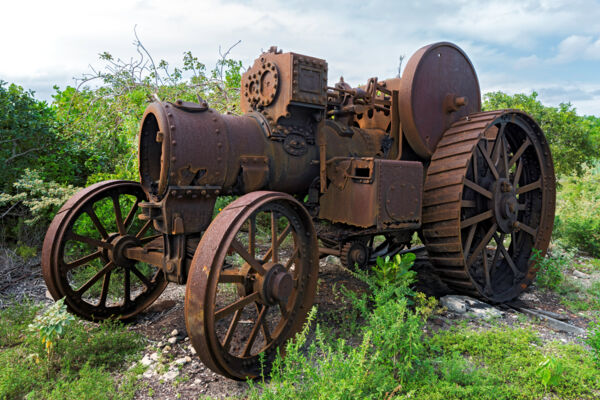
What is the Highest Point in the Turks and Caicos?
There are two contenders for the highest point in the Turks and Caicos: Blue Mountain on Providenciales, and Flamingo Hill on East Caicos. Both sites were determined to be 156 feet (47.5 m) by the United Kingdom Directorate of Overseas Surveys.
Today Blue Mountain likely has the highest point to stand on due to the remains of a small concrete pylon base, however, slight amounts of surface erosion to Blue Mountain probably leaves Flamingo Hill as the highest natural point in the country.
The Original Inhabitants
The first known inhabitants of the Turks and Caicos islands were Tainos (also called “Lucayans”). These original settlers appear to have arrived around the year 750 AD from other islands in the Caribbean. According to the famous 1900s anthropologist Theodoor de Booy, East Caicos and Middle Caicos supported the largest populations of Tainos in the entire Bahamas–Turks and Caicos archipelago.
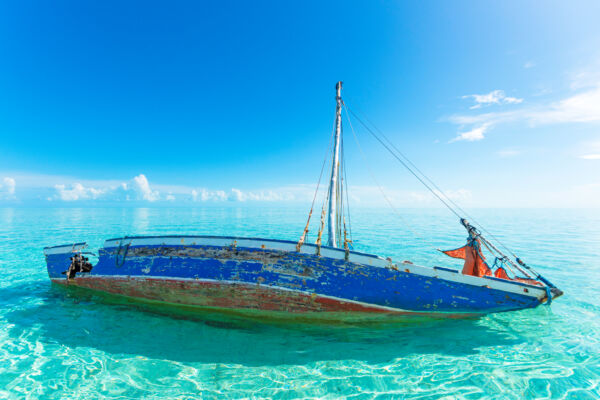
Recent archaeological digs conducted suggest that the Frenchman’s Creek region on Providenciales may have actually been home to the largest Taino settlement in the islands.
Salt Has Been Exported from the Turks and Caicos for Centuries
The Turks and Caicos Islands exported salt before the Europeans arrived. Many locations in the country accumulate natural sea salt. The local Tainos took advantage of this and traded gathered salt for honey, fruit, and vegetables with natives from Hispaniola.
Many Larger Animals Used to Live on the Islands
When caves in the islands were excavated for bat guano, skeletal remains suggested the existence of large tortoises, giant iguanas, and possibly crocodiles. These animals were probably hunted to extinction by the Taino aborigines, but also may have been introduced into the Turks and Caicos by the Tainos.
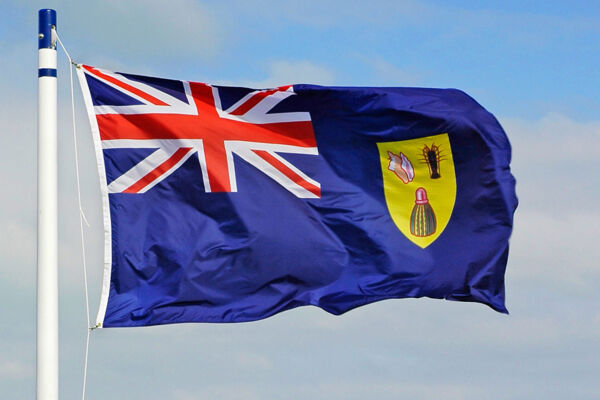
There Are Dozens of Underwater Caves Systems in the Turks and Caicos
The Turks and Caicos Islands has many underwater cave systems. A few systems such as Cottage Pond on North Caicos and The Boiling Hole on South Caicos are relatively known, but most are largely unrecognized.
The Oldest Excavated European Shipwreck in the Americas Was Found off West Caicos on Molasses Reef
Initially thought to be Christopher Columbus’s ship Pinta, this was later proven to be incorrect and the Molasses Reef Wreck (circa about 1513) has not been identified. Artifacts from this wreck can be seen at the National Museum on Grand Turk.
Horatio Nelson’s Defeat
Horatio Nelson, of Trafalgar Square fame, was stationed on Grand Turk, and suffered one of his few defeats attempting to retake the island from the French. On February 13, 1783, the French seized Grand Turk and left a garrison. Possession was returned to Britain under the 1783 Treaty of Versailles.
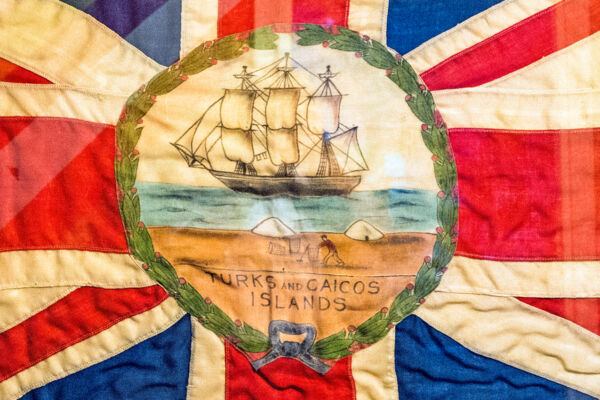
George Washington’s Favorite Salt
During the American Revolutionary War, George Washington supposedly personally requested salt from the islands due to its high quality. Due to the naval blockades by the British, there was a shortage of salt in the colonies. However, Bermudian sloops carrying salt from the Turks and Caicos ignored the blockades, and the high-quality salt from the islands sold for around $40 a bushel (as high as $332 per pound in 2023 dollars).
Over the Last 300 Years, the Turks and Caicos Has Been under the Control of the Spanish, French, and British
Although the islands were unpopulated, weren’t especially valued, and considering that there were few natural resources, the ownership of the Turks and Caicos was contested by the European powers at the time.
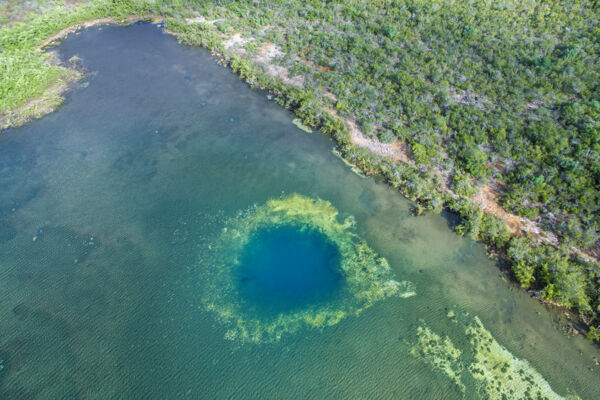
President of the Turks and Caicos
We once had a presidency (we have a premier today), but had to stop the practice due to excessive cost.
After Orbiting the Earth in 1962, John Glenn’s First Landfall was on Grand Turk
Grand Turk was the first land reached by astronaut John Glenn after the Mercury space mission in 1962.
Our Flag Once Featured Igloos!
The Turks and Caicos flag once depicted an igloo! On a draft design sent from the Turks and Caicos, a mapmaker in England confused salt mounds with the ice structure. Applying a bit of artistic license, he added little doors! The flag design was used for about 100 years.
The Turks and Caicos Was Once Ruled as Part of the Bahamas, and Then Jamaica
As a very small country and a British Colony, the islands once fell under the jurisdiction of the larger territories due to the inefficiencies of a separate local government.
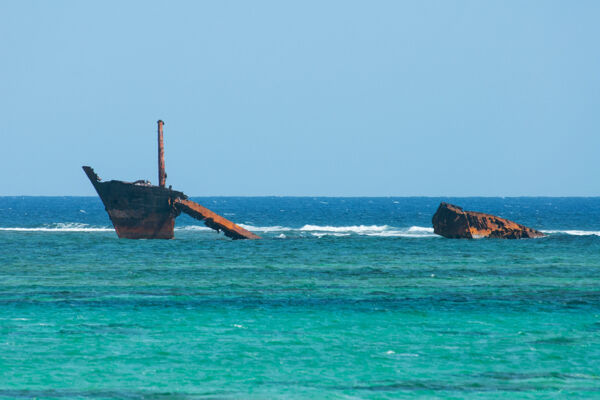
A Province of Canada
The Turks and Caicos Islands have considered joining Canada three times, in 1917, 1974, and 2004.
We Have One of the Largest Dry Cave Systems in the Caribbean
Middle Caicos is home to the Conch Bar Caves, the largest above-ground cave system in the entire Bahamas–Turks and Caicos archipelago. Originally mined for bat guano, Taino Indian artifacts and skeletons of extinct animals were found during excavations in this Karst process cave.
The New Hong Kong
The island of East Caicos, currently uninhabited, was proposed to be a site of New Hong Kong, after the handover of that British Overseas Territory to the People’s Republic of China in 1997.
This was not the only attempt at forming a quasi-independent territory in the country. In 1978, investors from Arizona tried to purchase Big Ambergris and Little Ambergris Cay for 50 million dollars with the intention of forming a sovereign state utopia, complete with unique currency and passports. Much of the local government was enthusiastic for the project, but the British Foreign Office promptly put an end to it.
Conch, Crab, and Sponge Farming
The Turks and Caicos Islands was home to the world’s only conch farm (the Caicos Conch Farm). In the past, sponge farming took place in Chalk Sound on Providenciales, and more recently crab farming was attempted on North Caicos. The Conch Farm is currently closed and the site is largely abandoned.
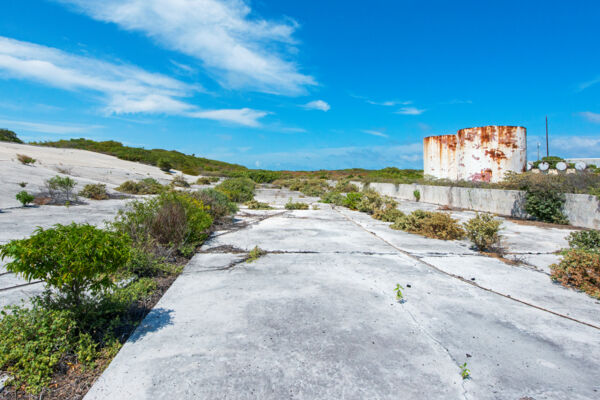
Population Changes in the Turks and Caicos
In 1950, Salt Cay had a population of over 500, while Providenciales had a population of less than 500. Today, less than 100 people reside on Salt Cay, whereas over 25,000 reside on Providenciales.
There Are over 80 Miles (130 km) of Handmade Dividing Walls in the Salt Ponds on the Islands
These walls were made to split up the natural shallow ponds on Grand Turk, South Caicos, and Salt Cay to allow the efficient evaporation of seawater for salt production.
Columbus’s First Landfall in the New World
Grand Turk is one of the three most likely spots of Christopher Columbus’s first landfall in the Americas. Along with Watling Island (renamed San Salvador) and Samana Cay in the Bahamas, Grand Turk matches the vague accounts left by the crews of the historic voyage.
The Turks and Caicos Has the Smallest Constrictor Snake in the World
The Caicos pygmy boa (Tropidophis greenwayi), is the smallest constricting snake in the world. This harmless (at least to humans!) boa reaches a mature length of about one foot (30 cm).
We Have the Widest Blue Hole in the World
Found off in the shallow Caicos Banks, the Middle Caicos Ocean Hole may be the widest blue hole in the world. The famous Great Blue Hole of Belize (often said to be the largest blue hole on the planet) is only about half the width of the Middle Caicos Ocean Hole.
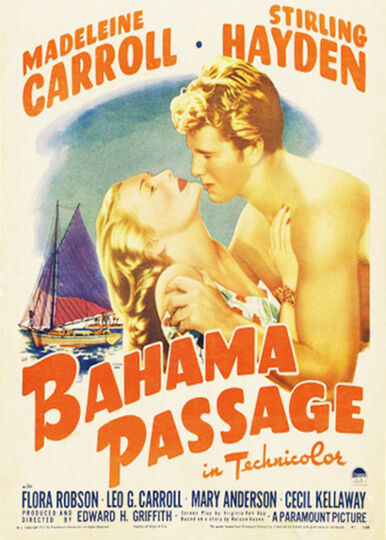
The Turks and Caicos Ranks 5th in the World for Protected Area as a Percentage of Total Landmass
Largely due to the expansive Ramsar conservation site off the south of North Caicos, Middle Caicos and East Caicos, the Turks and Caicos Islands collectively have almost 200,000 acres (800 km²) of protected nature reserves, national parks, and historical sites. This equates to about 44% of land in the country.
Movies Filmed in the Turks and Caicos
Several movies and television episodes have been filmed in the Turks and Caicos. Notable examples include the Technicolor 1941 Bahama Passage (Salt Cay), the budget 2003 Paradise Virus (Grand Turk), 1990s French game show Le trésor de Pago Pago (a set was built at Malcolm’s Road Beach), Life’s a Beach (shot in 2002 at Grace Bay), and the 2014 Turks and Caicos (shot largely at Amanyara Resort and Blue Hills on Providenciales). Strangely enough, famous actor Christopher Walken starred in two of the films.
The 1000-Year-Old Canoe Paddle
One of the finest still-surviving artifacts of the Taino aborigine people, an almost complete canoe paddle, was discovered when it became lodged in a boat propeller. Surveyor and mapmaker Bob Gascoine of Wavey Line Publishing (the person largely responsible for the excellent Turks and Caicos navigation charts used by many boaters) found the centuries-old paddle (possibly older than 1000 years) while operating a boat in North Creek in 1996, and recognized the item’s tremendous historical value.
The Northwest Point Wrecks
In unrelated events, two 1800s U.S. Navy ships sank on the reefs at Northwest Point on Providenciales. One of these vessels, the 1816 USS Chippewa carried an unusual 32-gun carronade (a smoothbore gun that combined properties of both a mortar and cannon) armament. The second, the 1843 USS Onkahye was based off a unique racing yacht design.






